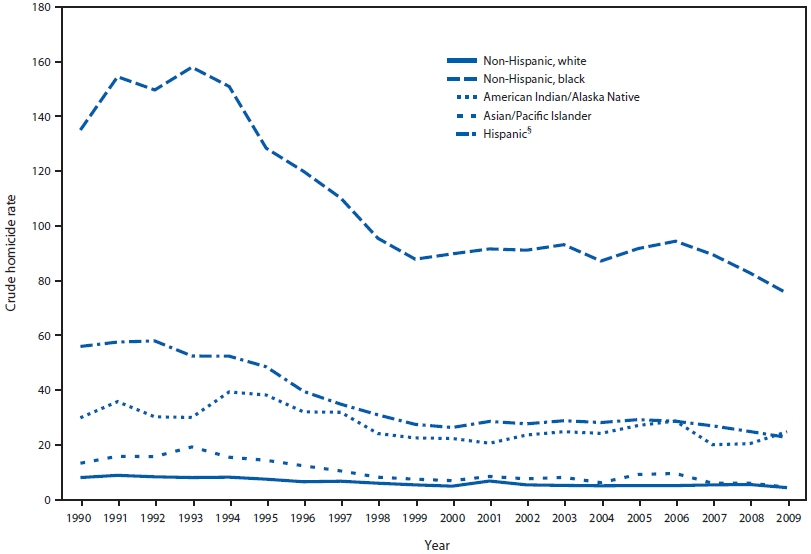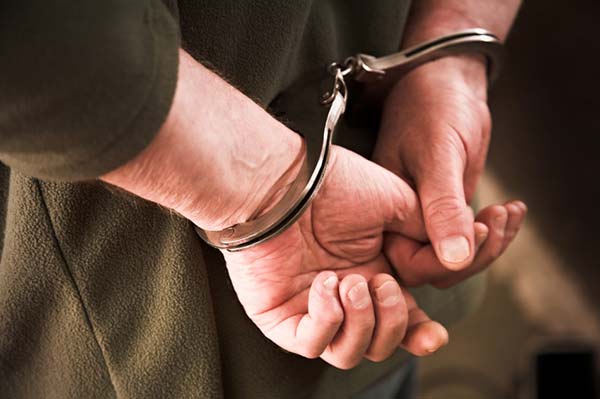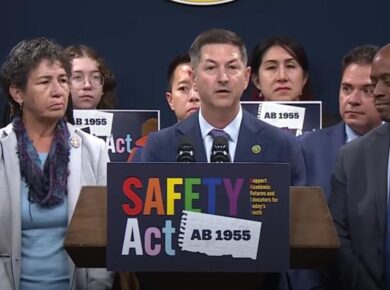In the united States, crimes are classified according to their seriousness. For crimes against property, the gravity of a crime is generally proportional to the value of the property taken or damaged: the larger is the value of a property, the more serious the deltio.
For crimes against persons, the same principle applies to the bodily injuries inflicted upon individuals: the greater the injury, the more serious the crime. However, other factors may influence the seriousness of a crime.
These factors include whether the defendant had prior criminal history; whether the defendant committed the crime with cruelty, malice, intent, or in reckless disregard of the safety of another person; and if the victim was a member of a protected class (e.g., minors, minorities, retirees, disabled, etc). So, a less serious crime can be made more serious by the presence of these additional factors, and a crime that is more serious can be made less serious by their absence.
Today every jurisdiction of the united States contemplates the distinction between serious crimes and minor crimes. However, most jurisdictions have added a third-type of criminal offense, typically called an infraction. Although the definitions of the crimes have different meaning in different jurisdictions, they share some common characteristics.
Felonies, Misdemeanors and Infractions
The power to define a crime and classify it as a felony, a misdemeanor, or a violation is only in the law at the federal level. The federal courts do not have the power to punish any act that is not prohibited by federal statute.
In the EIGHTEENTH century in the united States, the courts had the power to define crimes and to establish the classifications for crimes. These offenses were known as crimes of common law. In the early NINETEENTH century, the federal offenses of common law were themselves increasingly under fire as a violation of the mandate of the separation of powers established by the constitution of the united States. The first article of the constitution gives congress the power to make law, while article iii gives the judiciary the power to interpret and apply it. In this way, it is prevented to the federal courts to define criminal offences or to create classifications for crimes.
The majority of states have abolished the offences of the common law. In these states, it has been given to the legislature the responsibility to define the illegal behavior (the Executive Power in some states and via decrees, rules and regulations, administrative, plays a limited role of legislation). In the minority of states that still recognize the crime of common law, is not allowed to the judges to create new offences in the act.
If you have been accused of a crime, contact as soon as possible to a criminal defense attorney. FindLaw can help you find the best attorney in your city. Click here to get started.
The 50 states and the District of Columbia rely on their penal code to find the nature and the scope of the criminal laws of your jurisdiction, and when a penal code points to an offense as a felony, a misdemeanor, or offence is considered by the courts.










